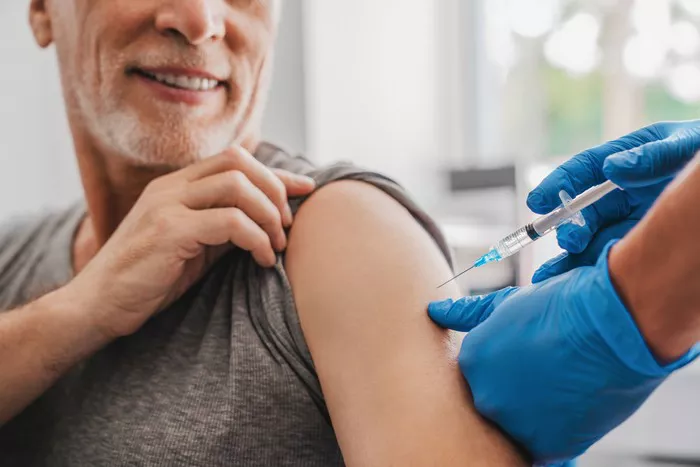In the midst of Gaza’s ongoing humanitarian crisis, children are facing a new threat: rampant skin diseases. Wafaa Elwan, a mother sheltering with her seven children in a tent city, describes her five-year-old son’s nightly struggles not with the traumas of war, but with incessant itching. “My son can’t sleep through the night because he can’t stop scratching his body,” she laments, pointing to white and red blotches covering his feet and legs.
Across Gaza, more than 150,000 people are grappling with various skin infections, from scabies to chickenpox, lice, impetigo, and debilitating rashes. These conditions have surged in the squalid conditions that displaced families endure since the onset of conflict with Israel.
“We sleep on the ground, on sand where worms come out underneath us,” Elwan explains, highlighting the dire living conditions near Deir el-Balah. The lack of basic hygiene and sanitary products exacerbates the problem. “We cannot bathe our children as before. There’s nothing,” she adds.
The polluted Mediterranean, once a refuge, now poses health risks due to sewage and garbage contamination. “The sea is all sewage. They even throw garbage and baby napkins into the sea,” Elwan laments.
According to the World Health Organization (WHO), since the conflict began, Gaza has seen alarming numbers: 96,417 cases of scabies and lice, 9,274 cases of chickenpox, 60,130 cases of skin rashes, and 10,038 cases of impetigo.
Pharmacist Sami Hamid, operating a makeshift clinic in Deir el-Balah, witnesses the crisis firsthand. “Scabies and chickenpox are widespread,” he confirms, treating children with calamine lotion to alleviate their symptoms. The combination of hot weather and scarce clean water compounds the children’s suffering, making them susceptible to infections and allergies.
Mohammed Abu Mughaiseeb, medical coordinator for Doctors Without Borders in Gaza, underscores the vulnerability of children in such conditions. “They play outside, touch anything, eat anything without washing it,” he explains. Lack of proper hygiene and malnutrition weaken their immune systems, increasing their susceptibility to diseases like leishmaniasis, which can be fatal.
The situation is dire in makeshift schools as well. “Twenty-four out of fifty students had scabies,” Hamid recalls from a recent visit, highlighting the widespread nature of the outbreaks.
Amidst these challenges, the WHO warns of additional health risks stemming from poor hygiene, including rampant diarrhoea outbreaks due to primitive sanitation facilities.
As Gaza’s children endure these harsh realities, urgent humanitarian efforts are crucial to mitigate the spread of diseases and alleviate their suffering in the face of ongoing conflict and displacement.
Related Topics:
- Eli Lilly Expands ‘Get Better’ Campaign to Promote Health Equity in Skin Disease Treatment
- Chronic Urticaria Or Hives – Drugs In Development, 2024
- Ringworm Cases Increase in Maine Due to Hot, Humid Weather

























